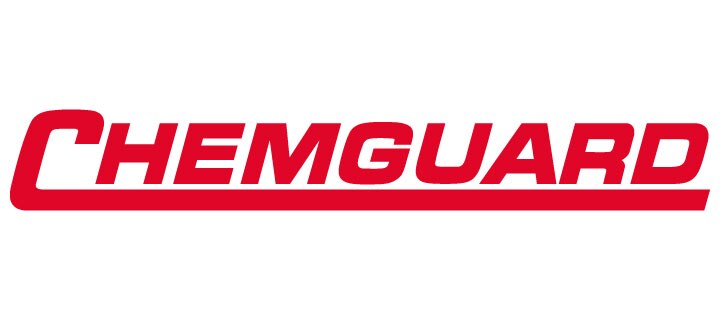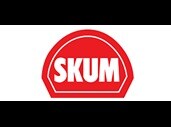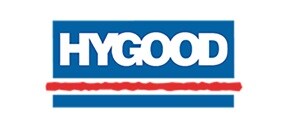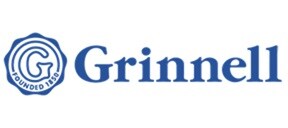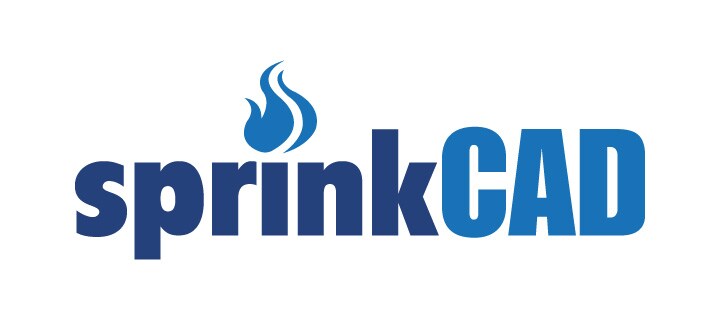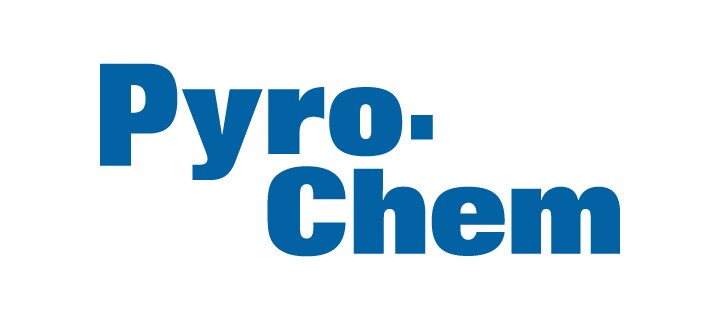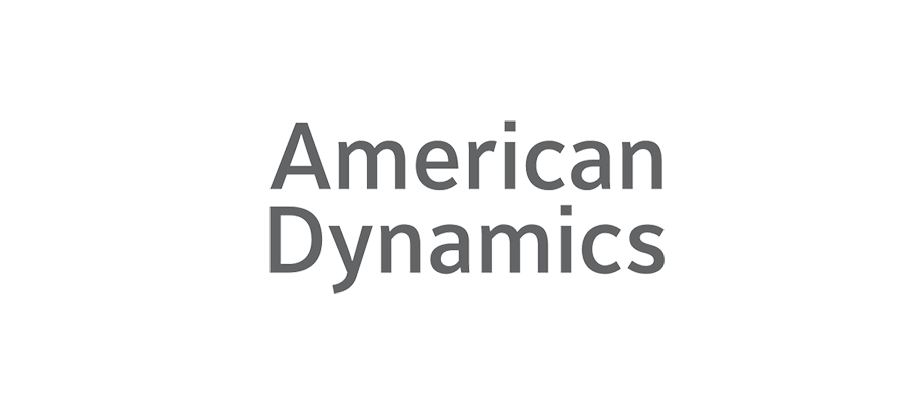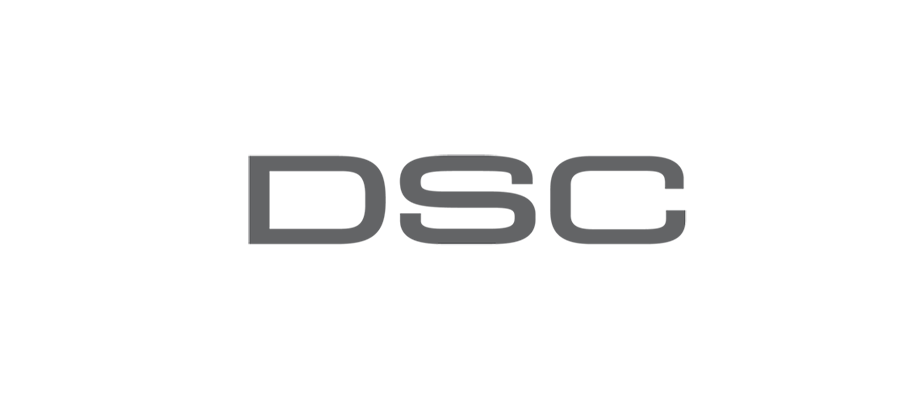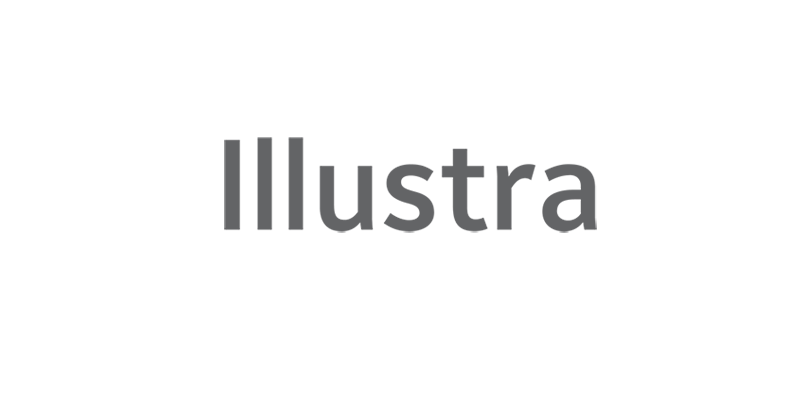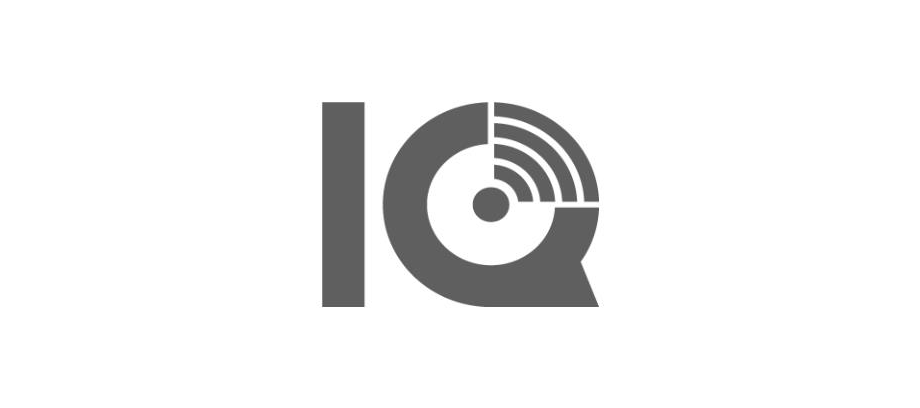A Guide to Dry Powder Fire Extinguishers
Quick Guide to Fire Extinguishers: Using Dry Powder Fire Extinguishers
Fire extinguishers are highly effective when it comes to localised Fire Suppression for small fire hazards. However, given that each type of extinguisher is suitable for a specific range of fires, and that there is a variety of extinguishers available for different situations, how do you use them safely?
We’re taking a closer look at one of our fire extinguishers in the range: the dry powder fire extinguisher.
How do Dry Powder Fire Extinguishers work?
These dry powder extinguishers work mainly by creating a barrier and cutting off the oxygen supply, interrupting the chemical reaction created by the fire. This helps to reduce the severity of the fire and minimises reignition as the fire needs oxygen to burn.
As the name suggests, powder fire extinguishers work due to their use of dry powder instead of CO2, foam, water or other materials.
They can also be known as multi-purpose fire extinguishers, ABC fire extinguishers, or dry chemical fire extinguishers.
How Do You Identify A Powder Fire Extinguisher?
Health and Safety rules mean that there should be a little information sign above any fire extinguisher in your building, which should identify your powder fire extinguisher and what fires you can use it for.
There will also be a blue label on the dry powder fire extinguisher itself, with ‘POWDER’ in bold, white writing for easy identification.
What are they appropriate for?
Some of the typical uses for standard powder fire extinguishers include:
- Class A Fires: those involving solids such as paper, textiles and wood
- Class B Fires: those involving liquids like diesel, paint and petrol
- Class C Fires: those involving gas substances such as butane and methane
- Electrical fires with equipment up to 1000v
There are also specialist dry powder fire extinguishers for use on flammable metals only.
What aren’t they appropriate for?
Despite often being referred to as multi-purpose, dry powder extinguishers should not be used on:
- Class F Fires: those involving cooking oil (needs a Wet Chemical Extinguisher)
- Electrical fires with equipment over 1000v
- Fires that are located in enclosed areas
- Flammable metal fires (unless using a specialist powder fire extinguisher)
It’s also worth noting that, whilst dry powder fire extinguishers can be used for small electrical fires, the powder leaves a residue that can sometimes be harmful to sensitive electrical devices. As a result, CO2 fire extinguishers are worth considering if you’re worried about your electronics.
How To Use Dry Powder Extinguishers For Fire Suppression
Like most products, dry powder fire extinguishers operate as you would expect them to. Once you pull the safety pin, you can squeeze the lever to discharge the extinguisher. If a fire does break out, you might not have a chance to stop and read the label, so it’s a good idea to familiarise yourself with how to put out fires using a dry powder fire extinguisher.
Aim at the fire’s base for solids and flowing liquid fires, and the edge of the flames for other liquids. For gas or electrical fires, switch off the source if you can (especially in gas fires) and aim straight at the flames.
Protect Your Property From Fires With Johnson Controls
You can find more information on dry powder fire extinguishers and the entire range of fire extinguishers from Johnson Controls here.





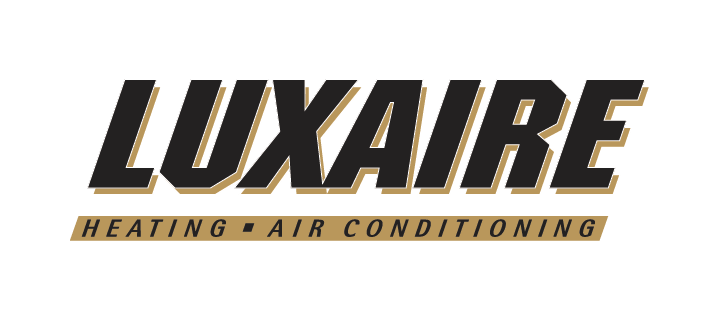




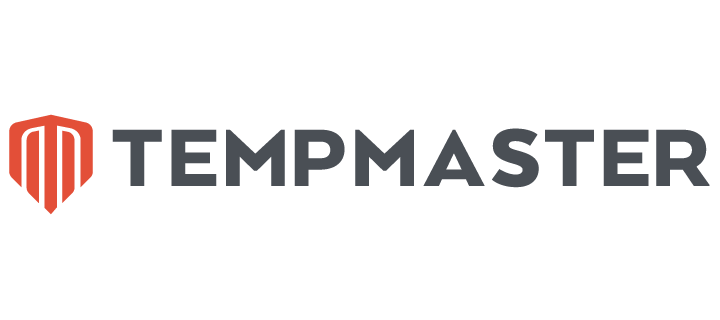

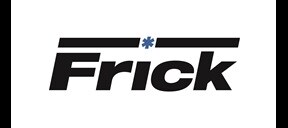












.png?la=en&h=70&w=157&hash=717A494A27ED61C45CEF95AC3A9C6309)

